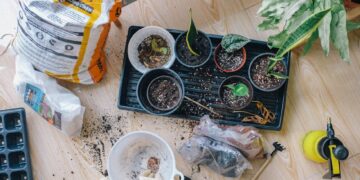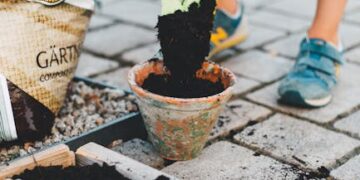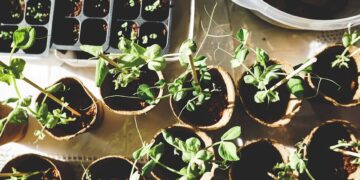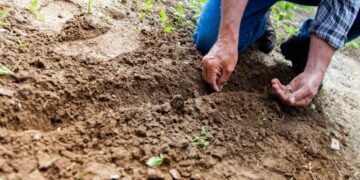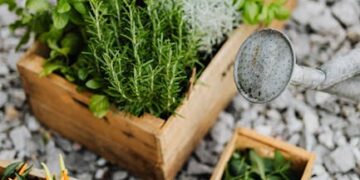Unlocking the Secrets of Effective Plant Fertilization: A Comprehensive Guide
Whether you are a seasoned gardener or just starting to dip your toes into the world of green thumbs, understanding the nuances of plant fertilization is key to achieving lush, healthy plants. This guide offers everything you need to know about nourishing your plants effectively, from the basics of fertilizer types to tailored application strategies.
Understanding Plant Nutrition
Plants, much like humans, require specific nutrients to thrive. These nutrients, each serving unique roles, are crucial for growth, development, and health. Let’s break down these essentials:
The Role of Macronutrients
Macronutrients are nutrients that plants consume in larger amounts. The primary ones include nitrogen (N), phosphorus (P), and potassium (K), commonly referred to as NPK. Nitrogen is vital for leaf development, phosphorus supports root growth and flower/fruit production, and potassium strengthens plant overall health.
The Importance of Micronutrients
While required in smaller quantities, micronutrients such as iron, manganese, and zinc are no less important. They play critical roles in plant processes such as enzyme function and photosynthesis.
Choosing the Right Fertilizer
With a bewildering array of fertilizers available, selecting the right one can seem daunting. Here’s how to do it:
Types of Fertilizers
- Organic Fertilizers: Derived from natural sources such as compost, manure, or bone meal, these fertilizers improve soil structure while feeding plants.
- Inorganic Fertilizers: These are synthetic preparations that provide quick nutrient release and are predominantly used for rapid growth spurts.
Choosing Based on Plant Needs
Different plants have different nutritional needs depending on their growth stage and general health. For instance, flowering plants might benefit more from a phosphorus-rich fertilizer, whereas leafy greens might require more nitrogen.
Timing and Application of Fertilizer
When to Fertilize
Understanding the best time to fertilize is as crucial as selecting the right type. During the peak growth phases in spring and summer, most plants will benefit from more frequent fertilization. Conversely, during winter, most plants are dormant and require little to no fertilization.
How to Apply Fertilizers
The method of application can significantly influence the effectiveness of the fertilizer. Here are some common methods:
- Broadcasting: Spreading fertilizer evenly over the soil surface, used primarily for large areas.
- Top-dressing: Applying fertilizer around the base of the plant, which is then watered in, beneficial for targeting specific plants.
- Foliar application: Spraying liquid fertilizer directly onto leaves, useful for quick uptake when plants need immediate nutrient intervention.
Maintaining Soil Health
Beyond just adding fertilizers, maintaining soil health is fundamental for sustainable plant growth. Here are a few tips:
- Regular Testing: Periodic soil tests can help you understand the nutrient content of your soil and inform your fertilization strategy.
- Adjusting pH: Most plants prefer a soil pH between 6 and 7. If your soil tests outside this range, consider using lime to raise the pH or sulfur to lower it.
- Incorporating Organic Matter: Adding organic matter like compost can improve soil structure, water retention, and nutrient availability.
Common Fertilization Mistakes to Avoid
Even with the best intentions, mistakes in fertilization can happen. Here are a few common ones and how to avoid them:
- Over-fertilizing: More isn’t always better. Excessive fertilizer can lead to nutrient burn, harming your plants.
- Ignoring soil pH: Nutrient availability is tied to soil pH, and ignoring it can render your fertilization efforts ineffective.
- Neglecting signs of distress: Plants often exhibit signs like discolored leaves or stunted growth when their nutritional needs aren’t met. It’s crucial to be attentive and responsive.
Parting Thoughts
Empowering yourself with the knowledge of effective plant fertilization techniques not only enhances the health and beauty of your plants but also converts your garden into a thriving ecosystem. Remember, the key to successful fertilization lies in understanding the needs of your plants and responding with the right practices. Embrace the process, and watch your garden flourish!

